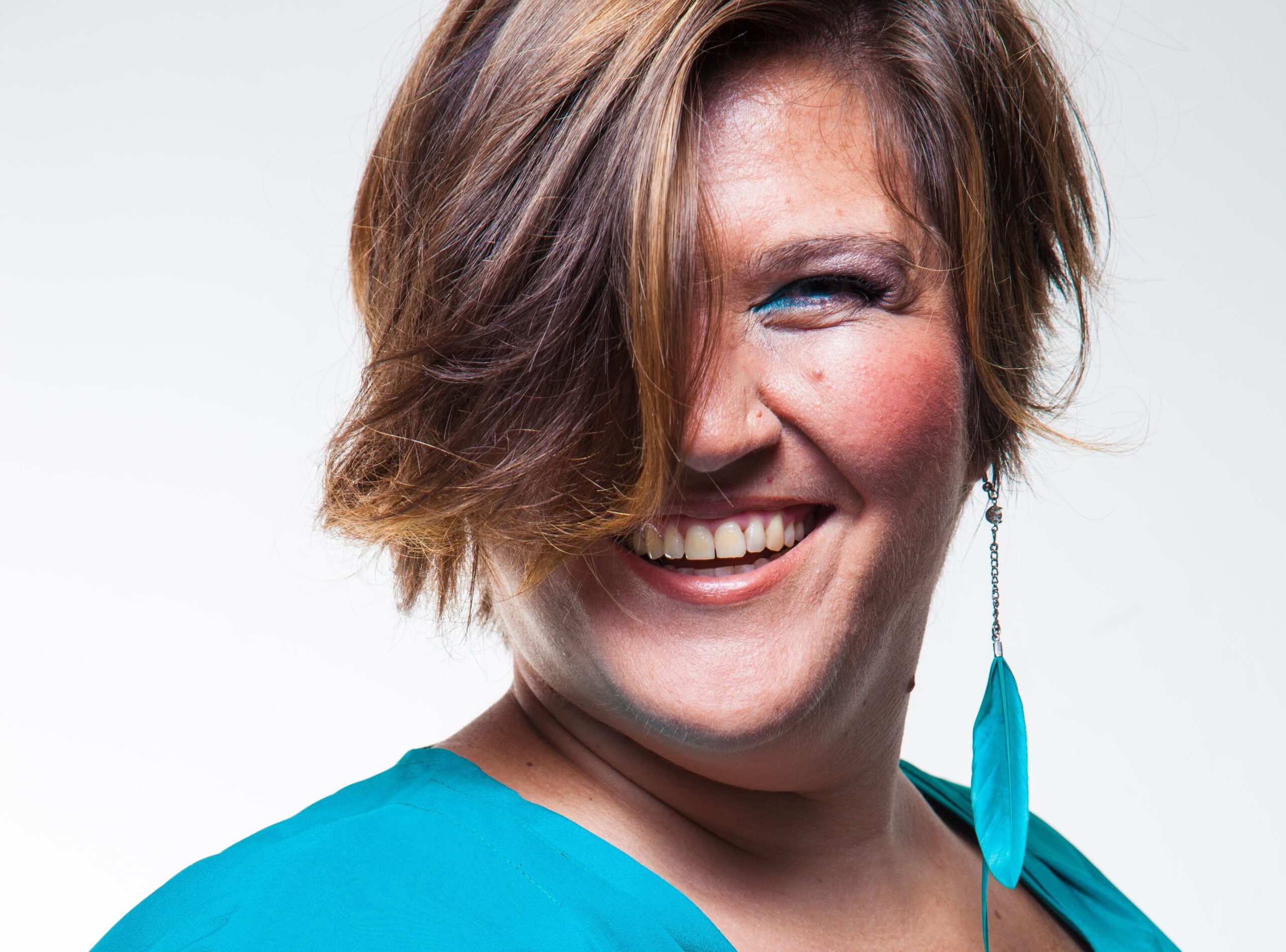Emotional eating is a coping mechanism we use when we have to deal with uncomfortable emotions. Food is the tool we use to NOT feel what we don’t want to feel. But suppressing emotions doesn’t make them disappear. Emotions don’t leave us when we eat, we just keep ourselves out of their reach. But if we don’t listen to the message they are trying to send us and change the situations in our lives that create these emotions, they will keep poking us. And we will need to keep eating to not feel them. If we want to eat our emotions less, we need to listen to them more. Today, we are going to talk about how increasing self-awareness can help decrease emotional eating.
How to Develop Self-Awareness
We have four levels of self-awareness:
- Numb: we don’t feel anything, we don’t capture anything. This is the state we aim for when we eat our emotions.
- Somatic: we don’t feel a specific emotion. But body tensions and physical diseases occur (back pain, high blood pressure…), resulting in physical pain. When we numb ourselves with food, tension builds up. But as we don’t feel it, we can never discharge our emotions.
- Diffuse: quite chaotic. We have a hard time discerning what is happening and giving a name to our emotions. This happens when we eat our emotions, but not enough to totally numb ourselves. Usually, we can tell we are not feeling good, but we cannot identify what is wrong.
- Lucid: we can put words to our experience, identify our thoughts, beliefs and emotion with clarity. Also, we have a good reading of our body tensions and understand them. This is the state we want to reach. When we are lucid, we are not hiding from what we feel and we don’t need the help of food anymore.
Emotional Eating leads us to not feel what is happening inside our body. On the opposite, lucid awareness allows us to be able to better name what is happening inside our body. Achieving lucid awareness means entering a form of reconciliation with our body.
To strengthen self-awareness, we need a good understanding of our brain’s defense mechanisms. Because these are the ones that lead us to avoid unpleasant feelings. When our emotion rumbles in the face of a difficult situation, we have the choice between:
- Getting carried away by emotion,
- Getting out of it as quickly as possible by eating,
- Exploring this emotion and allowing it to express itself.
The more we accept to get back in touch with what we feel, the more we can decrease emotional eating.

How to Explore Your Emotions
The most direct way to explore our emotions is to get out of our defensive automatisms, i.e., for us, emotional eating. To try to resist the urge of eating when not hungry, just for a little bit. Easier said than done, but possible.
When we numb ourselves with food, we don’t need to think about how to solve a difficult situation, because we are not aware that this situation makes us feel bad. We just think, for example: “Oh, my anxiety is killing me today. Some comfort food will help me feel better”. As we stop eating every time we feel uncomfortable, we stop identifying ourselves with the problem that creates our unpleasant emotions.
In our example, we can stop thinking about anxiety as a part of ourselves, defining who we are and trying to manage it the best we can. And we can start wondering: “What makes me so anxious today”? That simple move allows us to take a step back and become lucid again. We give ourselves a chance to see what is really going on, reflect on why it makes us feel bad, take actions to not let it happen again, and resolve our anxiety. This is efficient leverage to decrease emotional eating.
To get lucidity and clarity about ourselves when we feel an emotion, we must “be with what is happening without trying to alter the experience.” In other words, we need to accept to feel something, even if it is unpleasant. It is a work of observation of our bodily sensations. Lucidity about our feelings does not happen overnight. Practice is required to become aware of everything that is played inside of us, and all the movements that take place.
In the beginning, the urge to eat will feel almost irrepressible, and you will sometimes give in. That’s okay. You will feel something again soon, and get another opportunity to try to not numb, modify or rectify, but to accept, witness, and accompany what is happening inside of you. You will learn to let go of the need to numb what you feel and just let it happen, not knowing where it is going to lead you. Then, you will learn to trust yourself and discover that you don’t fall apart or hurt someone when you accept to feel sad, stressed, anxious or angry, and let your emotions be.

How to Control Your Emotions Without the Help of Food
Eating our emotions is an act of avoidance. We think we control our emotions when we suppress them. But we simply become deaf to what they say. We make ourselves unavailable to what happens inside of us, but it is still happening.
If we want to decrease emotional eating, we need to make an active decision. The choice to resist the urge to eat when we feel uncomfortable means we accept to not react to something we feel, to not mute it. This is not passivity or inaction, but an act of letting go. It nurtures a mindset of receptivity and availability for our own emotions and inner experiences. The more we welcome our unpleasant emotions, the more we can hear what they have been trying to tell us. Then we can act and transcend these emotions. Once surpassed, these emotions leave us. We start with a clean slate, and nothing is left to numb with food.
Our urge to eat our emotions is nothing but an automatism of control of what we feel, but in a way that creates negative consequences for our health and wellbeing. To control our emotions is not a question of mastering these emotions, but of mastering our defense mechanisms. It takes listening, acceptance, and trust in ourselves.
Learning to remain available to what we feel, to give some space to our emotions before reaching for food, and to just “let them be” is how we can increase control on our emotions and on our eating behaviors in the healthiest way. By letting this inner movement express itself, and by simply being with what is happening inside us, we allow ourselves to create a movement of natural transformation. Emotion is the movement initiated by a message from our unconscious. When we let this movement express itself, it naturally transforms us and helps balance our everyday life, decreasing the occurrence of emotional eating behaviors as a defense mechanism.






